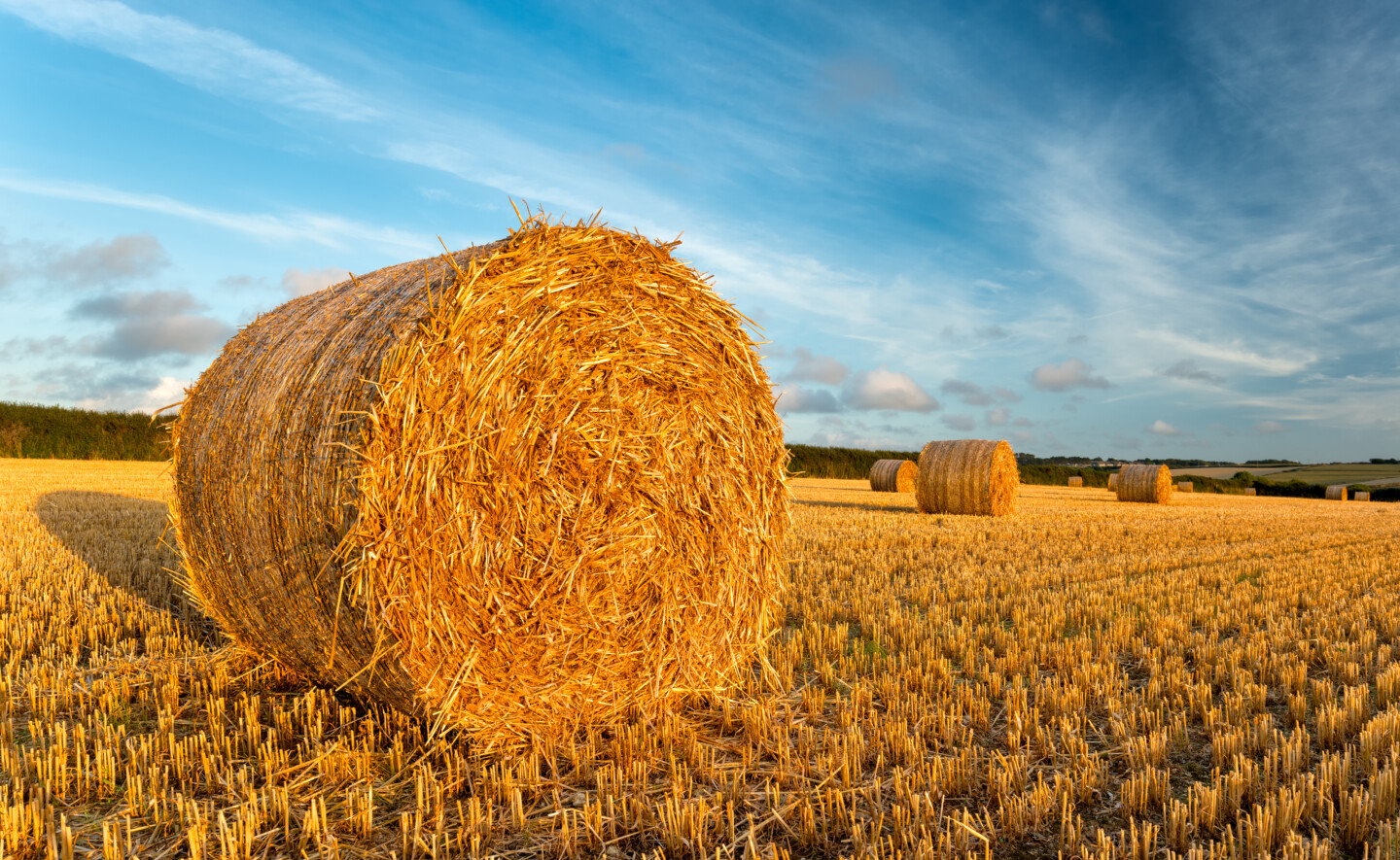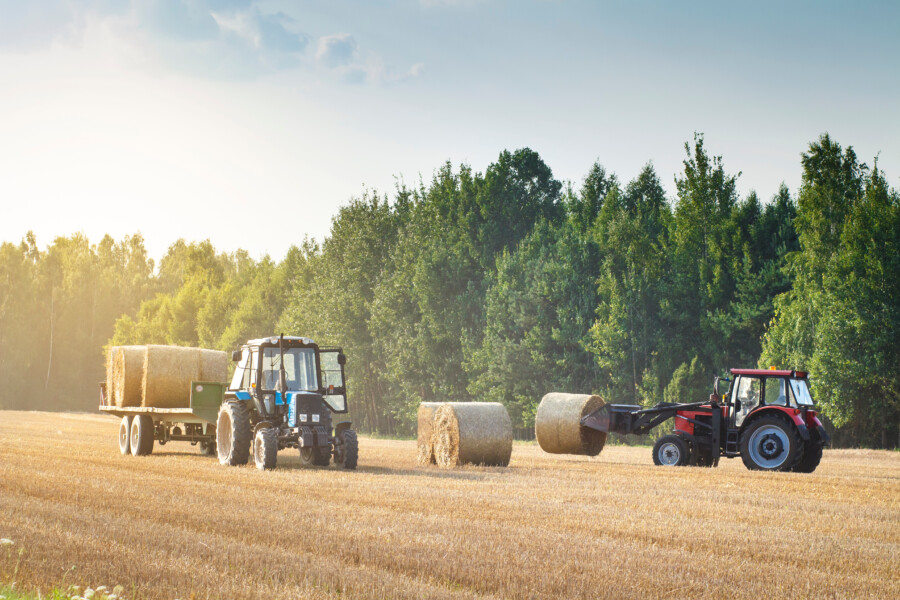
Collisions surge on UK rural roads during harvest time – here’s how to stay safe
As the calendar turns to autumn, picturesque rural landscapes across the United Kingdom transform into bustling scenes of harvest activity. But the harvest season, a crucial time for farmers, brings with it an unexpected challenge on the roadways: a notable increase in collisions on rural roads.
Typically spanning from August to October, the harvest season draws farmers and their machinery such as tractors, combine harvesters and trailers out onto the roads of rural Britain. It’s a busy time for the agricultural industry, gathering crops before the weather turns, with many only just finishing their summer activities which begin in May. But the increase in heavy and slow-moving machinery on roads between May and the end of September means a 52% increase in the likelihood of a collision between an agricultural vehicle and another vehicle, according to statistics from NFU Mutual.
At Bolt Burdon Kemp, we’ve helped many people who have been victims of road traffic collisions, including drivers, pedestrians and cyclists. Road traffic collisions are hugely traumatic for all involved and their families and these new figures released by NFU are very concerning. Such collisions can and should be avoided. It is important to place emphasis on the ways in which everyday road users can improve the safety of themselves and others, in the hope that it will reduce the number of incidents on rural roads in the future.
What contributes to rural road collisions?
Several factors contribute to the rise in collisions during the harvest season on UK rural roads:
- Increased agricultural activity: Harvest time witnesses an intensified level of agricultural activity. This results in more vehicles and machinery sharing the road with regular commuters, leading to congestion and potential conflicts.
- Slow-moving vehicles: Agricultural vehicles, especially large tractors and harvesters, often travel at significantly lower speeds than regular traffic. This speed differential can lead to impatience among drivers, encouraging risky overtaking manoeuvres.
- Limited visibility: The sheer size of agricultural vehicles can obstruct the sightlines of other road users, making it challenging to anticipate potential hazards and react in a timely manner.
- Road conditions: The harvest season coincides with variable weather conditions, including rain and mud. These factors can create slippery surfaces, reducing traction and increasing the likelihood of collisions.
How can we improve rural road safety during harvest season?
Addressing the surge in collisions during the harvest period on UK rural roads requires a combination of awareness, cooperation, and practical solutions:
- Education and awareness: Education and public awareness campaigns aimed at all road users can emphasise the importance of patience, cautious driving, and understanding among all road users. Local communities can organise events to promote safe driving during the harvest season. This can include workshops, seminars, and even farm tours to foster a sense of community and shared responsibility.
- Designated routes: Local authorities and agricultural organisations could collaborate to establish designated routes for agricultural vehicles. By doing so, they can reduce the likelihood of congestion and potential conflicts between slow-moving machinery and regular traffic.
- Technology omplementation: Farmers can adopt modern technologies, such as GPS-guided equipment, to minimise the need for frequent road travel. This could reduce the number of agricultural vehicles on the roads and mitigate congestion.
- Improved signage: Clear and well-placed signage can alert drivers to the presence of agricultural vehicles ahead, allowing them to adjust their driving behaviour accordingly.
- Reporting mechanisms: Authorities can establish channels for reporting road hazards related to agricultural activities. This could include blocked roads, unsafe driving behaviour, or poorly marked equipment.
- Upgraded road infrastructure: Local authorities can invest in road infrastructure upgrades to accommodate both regular traffic and agricultural machinery. Widened shoulders or separate lanes for slow-moving vehicles could enhance safety.
Advice for all road users to stay safe
- Be patient with fellow road users, always check for other road users particularly when overtaking and at junctions.
- Be aware of vulnerable road users, such as runners, cyclists horse riders. They should be given as much room on the road as possible.
- Avoid unnecessary distractions such as looking at your phone or listening to music through headphones.
- Always drive at the appropriate speed limit, taking extra care on tighter carriageways and corners.
The harvest period in the UK brings with it a surge in collisions on rural roads but with concerted efforts from farmers, commuters, and authorities, it’s possible the UK can navigate the harvest season with safety and cooperation, ensuring that both agricultural activities and road safety go hand in hand.







